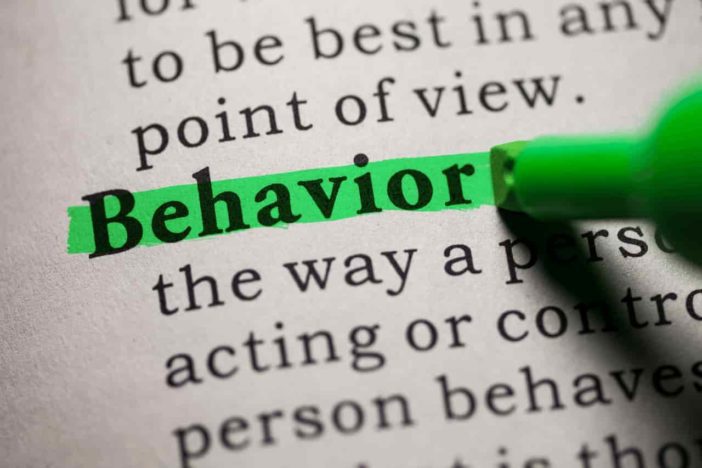Peer support has been found to be an effective method for encouraging healthy behavior change. Sustainable behavior change is social in nature. Individuals are heavily influenced by their peers and the behaviors of members of their community. However, encouraging collective behavior change does come with its own considerable challenges.
The concept of “collective efficacy” has been identified as a phenomenon that promotes more effective change in a group setting, that would happen in isolation. However, in order to achieve successful collective behavior change, there are a number of pitfalls to avoid. Read on to explore the common challenges of group behavior change, and how exactly to avoid them.
Narrow your Target
Efforts of group behavior change are often centered upon underperforming business organizations. However, changing the behavior of a million employees in a struggling business can be daunting, and is frankly unreasonable.
When tasked with changing the behaviors of a group, it is, therefore, vital to narrow your target and identify the areas which will receive the highest potential returns from your efforts. For example, in a large corporation, narrowing your efforts toward managers and supervisors is likely to lead to the highest return. Find well-respected and high-performing people in your organization, who are open to the changes you’re trying to make, and anoint them as the leaders of the initiative. By leading by example, these leaders can affect the willingness of other employees to change and follow suit.
Find your Focus
As with most things in life, trying to tackle too much is likely to result in failure. Although you may be itching to jump in and do it all at once, focusing on achievable steps will help you to sustain motivation. Before attempting to incite collective behavior change, it is therefore imperative to know what your desired outcome is, and how this will fit in with your overall goals and strategy.
Focussing on one behavior at a time will improve clarity and increase your chances of success in a group environment. Similarly, being clear about the goal and what success looks like in this context, will set the scene for sustainable change. If learners have a clear idea of where they’re headed and why they’ll be more likely to get there.
Provide Incentives
The concept of exchange is integral to achieving sustainable group behavior change. Providing people with incentives is key to transforming the social structures which influence negative practices and patterns.
‘Make it rewarding’ and ‘make it desirable,’ are therefore two factors to consider when attempting to influence behavior change through social marketing. The personal motivation and ‘why’ that sit behind the goal, is one of the most important elements in driving long-term change in group behavior. You can use questions to help learners explore their own motivations for change, and provide success stories to communicate the benefits of the change. Show the group why their efforts will leave them better off than they were before, and watch the positive changes flow.
Make a Team Commitment
If you’re serious about wanting to make changes that stick, you will need to make it a team priority. This may mean rearranging your team’s responsibilities to allow them the time and space to practice the new behaviors you want to encourage.
Group behavior change is not an individual process. Let’s face it, very few people like being told what to do. Therefore, make a team commitment and co-create the steps the group needs to take to achieve the change. When communicating your organization’s goals and the behavior changes needed to achieve them, the group feels like they have been a key stakeholder in the process. Involving the people whose behavior you want to change in the planning process, increases advocacy and accelerates change.
Encouraging collective behavior change does come with considerable challenges. However, by understanding and avoiding the common errors and pitfalls in the process, you can achieve long-term and successful group behavior change.
📖 Read more similar articles





